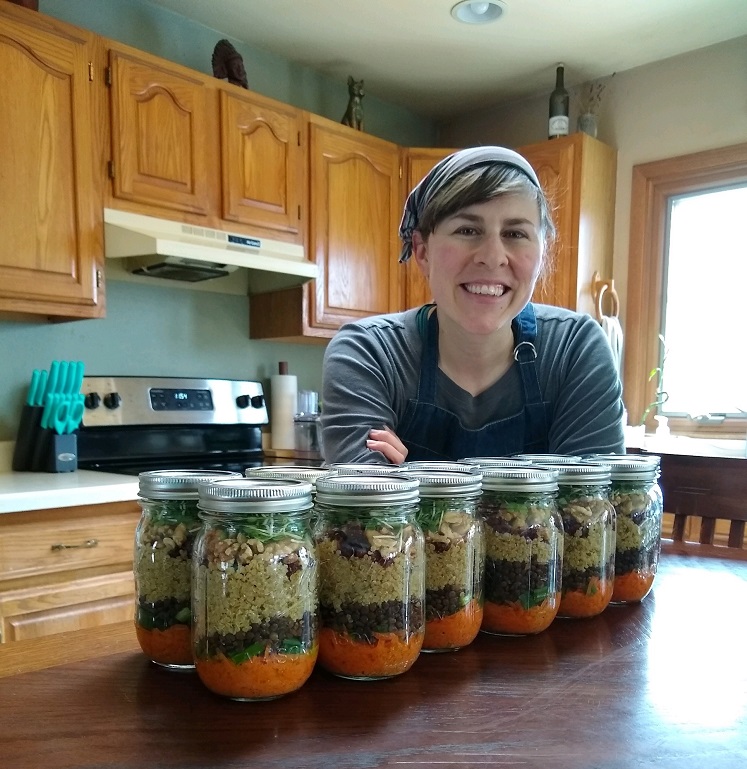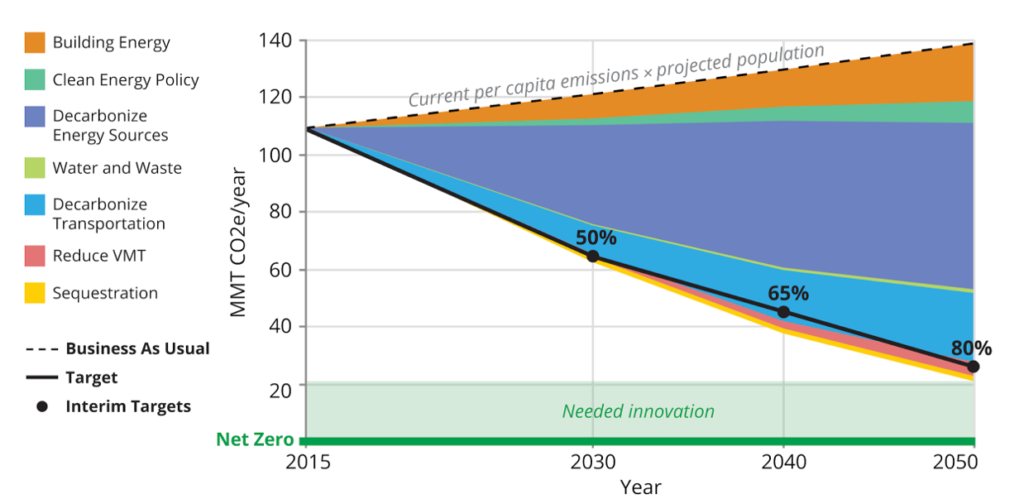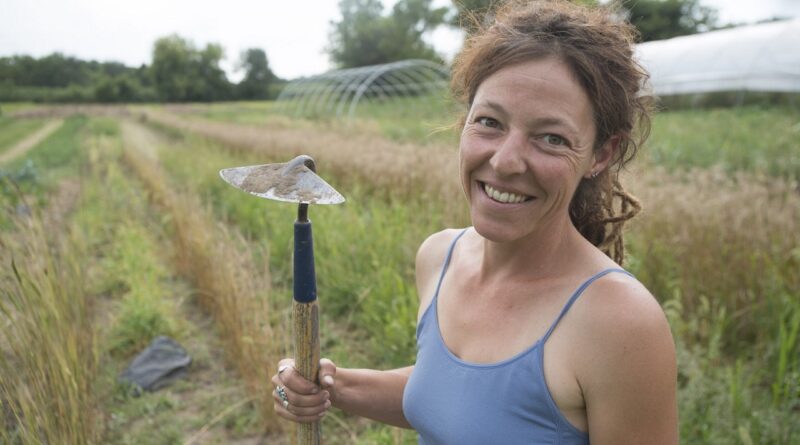Local Food Is Getting Better In Illinois
Podcast: Play in new window | Download (Duration: 2:04:25 — 59.4MB)
Subscribe: Apple Podcasts | Spotify | Android | iHeartRadio | Podchaser | Email | TuneIn | RSS | More
(July 25, 2021) We’ll cut to the chase. It’s been a good year for local food initiatives in Illinois. If you support cottage food producers or cover crop strategies or black farmers or even clean water, you’re feeling good. If you care about SNAP programs at farmers markets or even the right to grow food in your own backyard, you’re smiling. And relieved. Because passing smart food legislation anytime can be a slog.
Ultimately, groups like the Illinois Stewardship Alliance, Illinois Environmental Council, Institute for Justice, Chicago Food Policy Action Council, Illinois Farmers Market Association and more put their muscle into the fight this year. In the end, they got a lot of good food laws passed by the Illinois General Assembly. So, for a change, instead of criticizing legislators, we’re applauding them. We like that. More, please.

in Jo Davies County
Liz Moran Stelk, executive director of the Illinois Stewardship Alliance, writes in the latest issue of Natural Awakenings Chicago. (Full disclosure: co-host Peggy Malecki publishes NA Chicago.) Stelk comments on one of the laws, the Home-to-Market Act.
The bill enables farmers like Ann Chaney, of Woodstock, to reach new customers. Chaney, who owns and operates Grace Farm Studios a three-acre vegetable farm and raspberry U-pick farm, sells a unique raspberry tea that she makes in her home kitchen from raspberries leaves and dried raspberries. She uses imperfect raspberries that customers haven’t picked and sells the tea at the Woodstock Farmers’ Market under Illinois’ Cottage Food Law, but she can’t sell those cottage food items in other places, like on her farm’s website.
However, under the new law, she can. The ISA says they were laser focused on that law this year.
Conservation, SNAP programs and more
Unfortunately, the Partners for Nutrient Loss Reduction Act did not pass. But legislators extended the Partners for Conservation Fund and gave it an extra $6 million. In addition, they awarded the Nutrient Loss Reduction Strategy with $2 million for implementation. But wait, there’s more!
- Fall Covers for Spring Savings Reward Program funding doubled.
- Legislators addressed racial equity in agriculture.
- Lawmakers appropriated $500,000 in the Healthy Local Food Incentives Fund. That will enable farmers’ markets across the state to start or expand a SNAP Match program.
- As we reported on our show in May, The Vegetable Garden Protection Act also made the cut.
It was a good session that will benefit people who support good food. ISA Communications Director Molly Gleason stops by this morning to talk about the legislative victories. We also welcome back Bob Benenson, creator of Local Food Forum. We’ll talk about his latest adventures in the foodie world. He reminds us that it’s just a few days before the start of National Farmers Market Week.
Climate Action Plan
If ever we need the world to work together, the time is now. Of course, I’m talking about climate change. So, imagine herding a group of cities and towns to get the work done. That’s exactly what the Metropolitan Mayors Caucus and NOAA (yes, that NOAA) hope to accomplish. The group just released its Climate Action Plan for the Chicago Region. And when you get noticed by media outlets like The Hill and Politico, you must be doing something right.

“This climate action plan is an excellent step toward achieving a net-zero, climate-resilient economy for the Chicago metro region. This plan can serve as a national model for metropolitan areas across the country,” U.S. Deputy Secretary of Commerce Don Graves said in a press release. “Ambitious pushes like this will unleash climate innovation, leading to better technologies and good-paying jobs.”
So, what do they hope to accomplish? Check this out.
- 2030 – Reduce GHG emissions 50% from 2005 levels
- 2040 – Reduce GHG emissions 65% from 2005 levels
- 2050 – Reduce GHG emissions at least 80% from 2005 levels
Any questions?
Beyond goals
By the way, local media outlets like The Daily Herald also covered the roll out of the campaign last week.
The 124-page action plan spells out a number of goals, including decarbonizing energy sources and transportation, implementing clean energy policies, reducing miles traveled by vehicles, expanding mass transit options and managing water and waste sustainability.
Of course, I’m a little perverse. I want to know what it’s like herding cats. That is to say, how do you get all of those cities and towns together on on the same page? Well, if not the same page, at least the same chapter. Is that even possible? I also want to know about the social justice agenda for the group.
We should get some answers today from Edith Makra, Director of Environmental Initiatives for the Environment Committee. She talked to us in 2018 about the Greenest Region Compact. We also welcome Geneva, Illinois Mayor Kevin Burns, chair of the Environmental Committee.


